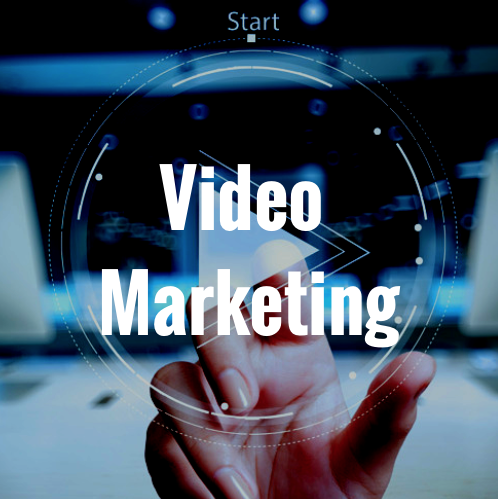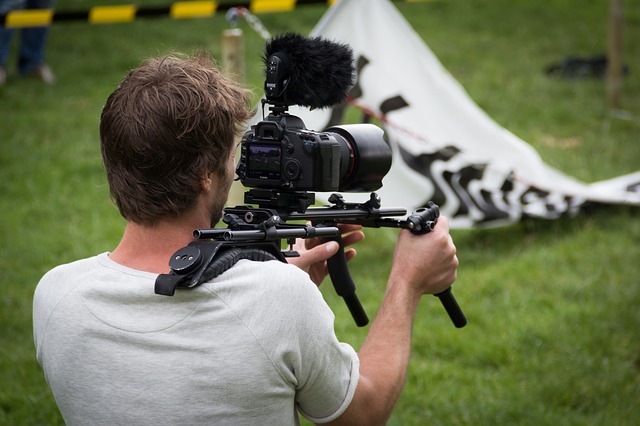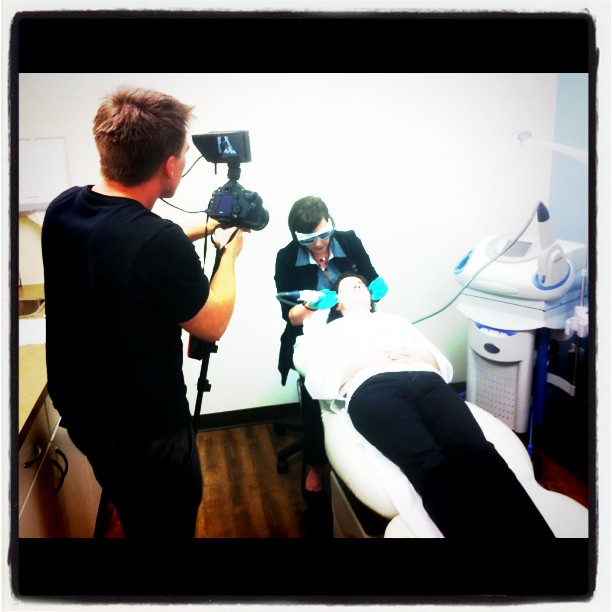Massive Potential Awaits Canadian Advertisers With Facebook Video Ads Canada loves it’s internet… and it’s social media. In fact, Canada …
Video Marketing Provides Great ROI
Video Marketing Provides Great ROI There’s no question: online video marketing helps businesses increase their brand awareness, generate genuine buzz, …
Seasonal businesses: it’s time to warm up to online video
When the first dose of warm weather hits after a long, dark winter, our business – like many others – …
3 ways to reinvigorate your soul-sucking corporate video production
Clients often ask me: “Is there a way we can use past corporate video production content and make it relevant …
6 quick tips for promoting your company’s video online
You’ve spent anywhere from a thousand to tens of thousands of dollars on professional video production for your business. So …
How to prep for an on-camera interview
The need for entrepreneurs to look and sound good on camera is increasingly common these days, with the majority of …
4 ways to look (and sound) good on camera
You’ve finally decided to hire a production company, or to film your own video blogs to market your business. The …
Why brands are rethinking their ad strategies
As digital media consumption continues to increase – whether it be online, mobile, tablet or smart TV – it’s obvious …
4 Video Advertising Predictions for 2014
The year 2013 was an exciting one in the land of digital advertising, especially when it comes to the increasing …
5 reasons why it’s time to invest in online video
I’ve been preaching a consistent message about the evolution of digital media since 2008. And in this New Year, it’s …








